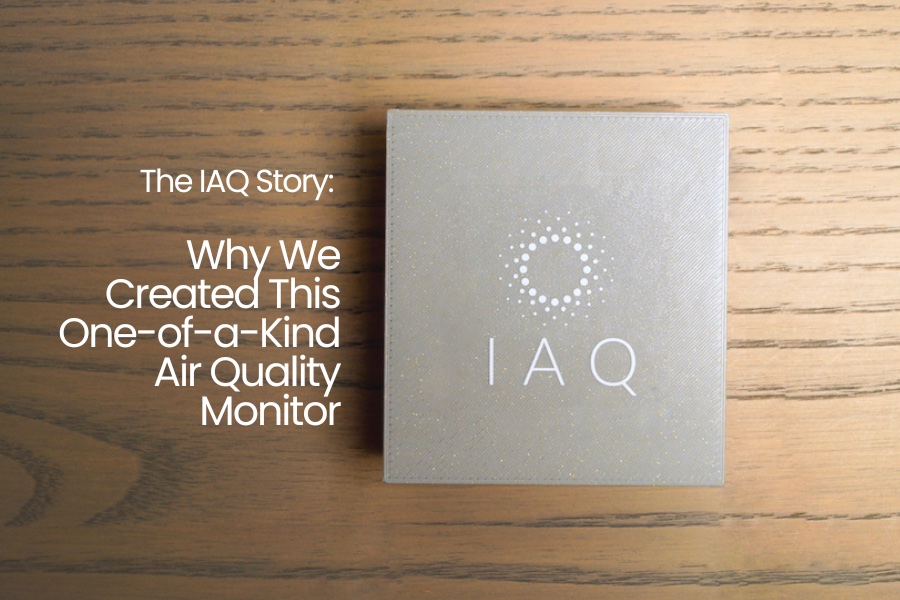
When I was growing up, I felt like I was invincible. As a teenager, I went to school, worked a part-time job, and was a multisport athlete. There was nothing I thought I couldn’t do. Then one day when I was 20, my life took an unexpected turn.
During a game of basketball I felt a dull ache grip my chest, but I shrugged it off thinking it was a sore muscle. When I got home and went to bed, the pain worsened through the night. In the morning, I contacted our family doctor to seek a professional opinion. Later that day, I found myself in the hospital, fighting for my life when my heart stopped from complications of a collapsed lung.
I spent a week in the intensive care unit and a month in the hospital. Thanks to great medical attention and rehab, I got through the situation. But a few years later it happened again to my other lung, and I was forced to undergo my second lung surgery before the age of 25. I was fortunate to be alive, but more aware than ever of the importance of managing my lung health. Since then, breathing has become a conscious part of my everyday life.
Awakening to the Importance of Healthy Air
Breathing clean air is essential for survival, even if you have healthy lungs. Unfortunately, what’s contained in the air around us often goes overlooked, and we assume that the air in our homes, schools, and places of work is safe and clear of contamination. How do we know for sure?
My co-founder Josh discovered the importance of air quality through his own personal journey. Josh was never one to think much about the quality of the air in his home. But that changed when he had his first child.
Like many first-time parents, Josh felt an overwhelming sense of responsibility for the health and welfare of his baby son. He dedicated what spare hours he had to researching early childhood development. The first lightbulb moment came when he learned about how often we breathe unhealthy indoor air, and the long list of ailments and illnesses that follow. Because we spend so much time inside—90% of every day—indoor air pollution poses a greater health risk to most of us than outdoor pollution.
Josh was even more surprised to discover how few options were available for anyone looking to get a full accounting of what’s in their household air. There had to be a better way.
The Origins of IAQ
Since lung surgery, I’ve had to take many measures to keep my respiratory health in check, including learning a lot about indoor air pollution. Josh and I bonded over this shared interest, and we decided to use our experience and skills to help others.
Having co-founded two data-focused companies together, Josh and I set out to develop a tool that makes it easier to measure and manage indoor air quality, leveraging our backgrounds in machine learning, data science, and automation.
When we first started discussing the project, we came to a quick realization. If you’re looking for a complete reading on your home’s air quality, you have to choose from one of the following three options:
- Break the bank by purchasing highly sophisticated equipment
- Buy and install multiple devices, with each responsible for different pollutants
- Navigate a complex DIY space and build your own monitor
This gave us a clear vision: to develop an affordable, easy-to-set-up air quality monitoring device capable of detecting every dangerous indoor air pollutant.
While I researched the market, Josh spent the next few years experimenting with sensor technologies in a quest to create a viable, cost-effective alternative. Marrying the best of data, machine learning, and the magic of 3D printing, we’ve developed a first-of-its-kind product in IAQ, an unobtrusive smart device that fits in your hand and is capable of identifying and measuring all the most critical indoor air pollutants flagged by the EPA.
How We Hope to Make a Difference
The World Health Organization attributed more than 3 million deaths to poor indoor air quality in 2020. That’s not a misprint. Indoor air pollution is a serious global health concern.
Even when it’s not threatening lives, unhealthy air agitates allergies, triggers asthma attacks, disrupts sleep, and causes stress and headaches. These problems, in turn, affect society as a whole by reducing productivity and eroding the quality of life for countless people.
We believe IAQ is a starting point for reversing these dreadful outcomes. By providing visibility into indoor air quality levels at an affordable cost, IAQ can help more people avoid unknown exposure to harmful air pollutants.
Because we want everyone to be able to monitor their air, IAQ is the easiest device on the market to use, with no technical expertise required. You can use it for your home, business, factory, lab, or anywhere with a power outlet, and you can set it up in less than one minute.
Beyond managing home air quality, IAQ has the potential to serve as an intelligent hub for all your home’s health needs by leveraging the power of data and machine learning. We see a future in which IAQ seamlessly integrates with other connected devices to automatically control temperature, humidity, and ventilation based on your family’s needs and preferences. I truly believe this can revolutionize the way we manage our homes and lead to a healthier and more comfortable living environment.
We’re launching IAQ because no one should have to worry about whether or not the air in their home is safe to breathe. It’s my sincere hope that our campaign on Kickstarter is one big step toward making good air quality more accessible for everyone.







Comments (1)
Laptopsays:
May 27, 2025 at 5:00 amSource
[…] visit this page to read the complete info […]